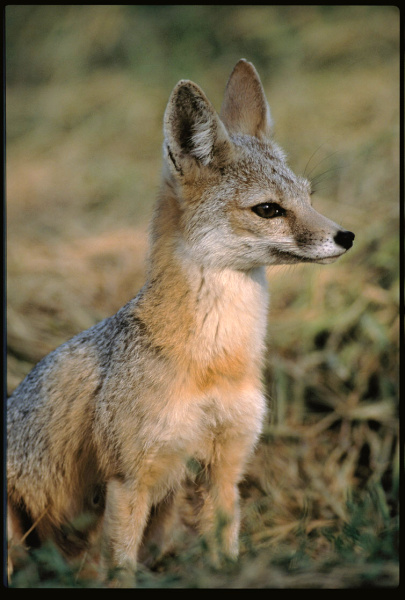Transitions are tough. We know how hard it is to pack up belongings and move. Broken dishes, unruly movers, sorting through the junk, adjusting to a new environment. But imagine how it is for wildlife that – with no intention of moving in the first place – are uprooted and presented with a new home.
The current Desert Sunlight Solar project north of Desert Center is plugging away with post crews, rail crews and tilt crews busy at work. Also employed on site are tribal representatives and archeologists along with biologists who are monitoring wildlife, i.e. relocating ones that make their way into the area, and tracking the ones already moved out.
Local biologists are particularly keeping an eye for kit foxes, burrowing owls and desert tortoises. They are developing “passive” methods to keep wildlife away – in the case of kit foxes, they are emptying burrows, sprinkling scented oils and making an annoying ruckus.
According to the Desert Sun:
After careful and repeated surveying, four desert tortoises were found and have been relocated north of the project, said Eric Green, a biologist who has surveyed and relocated tortoises for 20 years.
While tortoise relocation carries significant risks — some studies show a 50 percent mortality rate — Green said the four animals from the Desert Sunlight site so far are doing well. The animals are tracked via radio chips, and Green visits the relocation site daily.
Unlike San Bernardino County’s Ivanpah solar project — which shut down for two months earlier this year when more tortoises than expected were found — the Desert Sunlight site was surveyed in summer and fall, when tortoises are most active before hibernating, Green said. He and his team knew generally where and how many of the animals were on the site before moving in for the relocation.
Only time will tell if the determined critters will make their way back to the solar site — yup, it’s often as Dorothy said, “There’s no place like home.”
Photo: Fish and Wildlife Service

